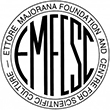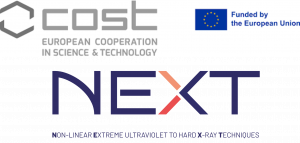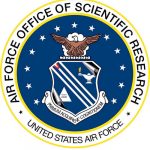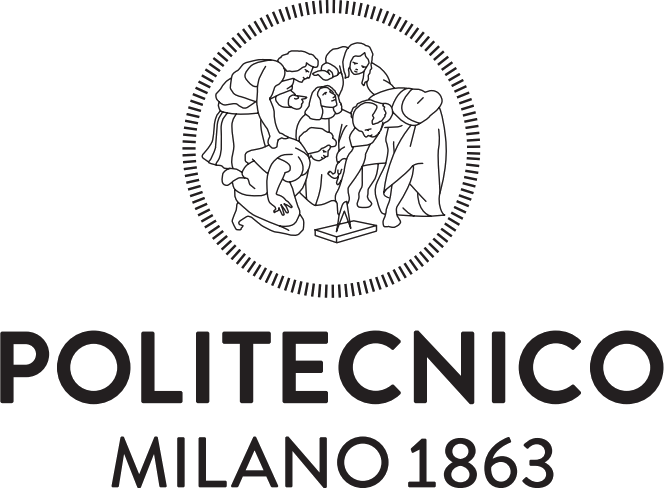
“The Frontiers of Attosecond and Ultrafast X-ray Science”
Erice (Italy): April 7-13, 2025
Purpose of the Course
The new millennium witnessed two revolutionary breakthroughs in ultrafast x-ray science. In 2001, two independent groups reported the formation of attosecond pulses of XUV radiation. Since that time, the field of attosecond science has grown exponentially and new attosecond laboratories have emerged throughout the world. Similarly, in 2009 the world’s first x-ray free-electron laser, XFEL, known as LCLS, became operational at SLAC in the USA. The LCLS has produced unprecedented coherent x-ray pulses with femtosecond brevity and gigawatt peak power. These x-ray devices impact is far reaching encompassing applications in fundamental physics to the biological sciences. Since the operation of the LCLS, a number of XFELs have or will become operational in the near future. The tremendous growth in these two related areas will require the training of young scientists who will push the technology and applications. The primary objective of this school is to educate the next generation of scientists who will influence the future of attosecond and ultrafast x-ray science. The school meets on a regular basis every two years and is becoming a foundation for the ultrafast community.
This year the School is organised by COST Action CA22148 NEXT (https://ca-next.eu/) supported by by COST (European Cooperation in Science and Technology – https://www.cost.eu/actions/CA22148/). NEXT aims at creating the first concerted experimental and theoretical effort aimed at implementing Extreme Ultraviolet / X-ray non-linear spectroscopy at table-top High Harmonic Generation and X-ray Free Electron Laser sources.
The purpose of the school is to provide young researchers involved within the Action with training on current developments on attosecond experiments. In particular: (i) attosecond science and technology, devoted to the generation and application of attosecond pulses to the investigation of electronic dynamics in atoms, molecules, nanostructures and condensed phases; (ii) fundamentals, methods and applications of free electron lasers in atomic and molecular science.
Directors
Louis Di Mauro – The Ohio State University, Columbus (USA)
Mauro Nisoli – Politecnico di Milano, Milano (Italy)
COST-NEXT organising committee
Giulia Fulvia Mancini – University of Pavia (Italy)
Cristian Svetina – IMDEA Nanoscience (Spain)
Caterina Vozzi – Istituto di fotonica e nanotecnologie (IFN-CNR) (Italy)
Organized by
COST ACTION www.cost.eu
COST (European Cooperation in Science and Technology) is a funding agency for research and innovation networks. Our Actions help connect research initiatives across Europe and enable scientists to grow their ideas by sharing them with their peers. This boosts their research, career and innovation.
ETTORE MAJORANA FOUNDATION AND CENTRE
FOR SCIENTIFIC CULTURE



